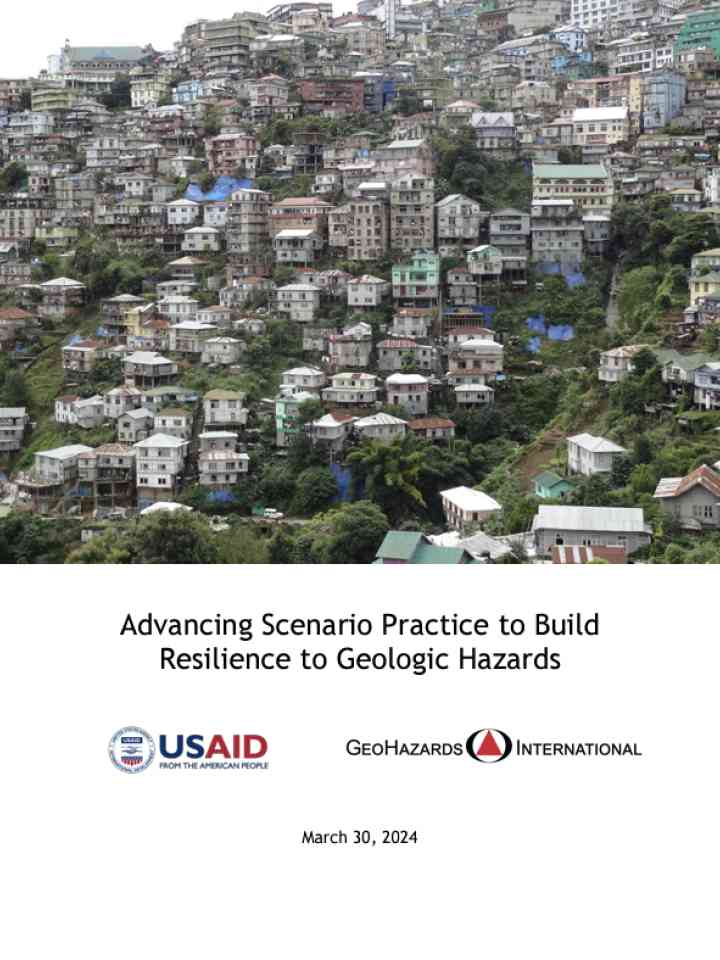Advancing scenario practice to build resilience to geologic hazards
Based on research of past scenario efforts as well as emerging approaches, this guidance is designed to help practitioners develop "next generation" scenarios that motivate policy development and action to mitigate risk. It provides a resource for co-production and use of scenarios for geologic hazards-earthquakes, landslides, and volcanoes-particularly in low-resource international contexts. "Next generation" scenarios take a people-centered approach, focused on scenario development processes and on supporting the implementation of pre-disaster risk mitigation measures.
Key points provided throughout the article include:
- Embed two-way communication into the program design, to enable both learning and teaching among the team of developers, partners/stakeholders, and the broader community;
- Engage partners/stakeholders and target audiences in feedback loops, to guide methodologies, interpretation of findings, and messaging;
- Assemble a team with capabilities to recommend and then implement solutions to the challenging and complex risk problems that geologic hazards scenarios address. Teams need technical specialists from practice and research, local partners/stakeholders and decision-makers, and communications;
- Characterize the community through community asset mapping and inventories, social network analysis, and identifying local community values and goals, in addition to physical exposure mapping. Knowledge of the local context is essential for an effective scenario, and provides insight on the scenario event's qualitative impacts.
